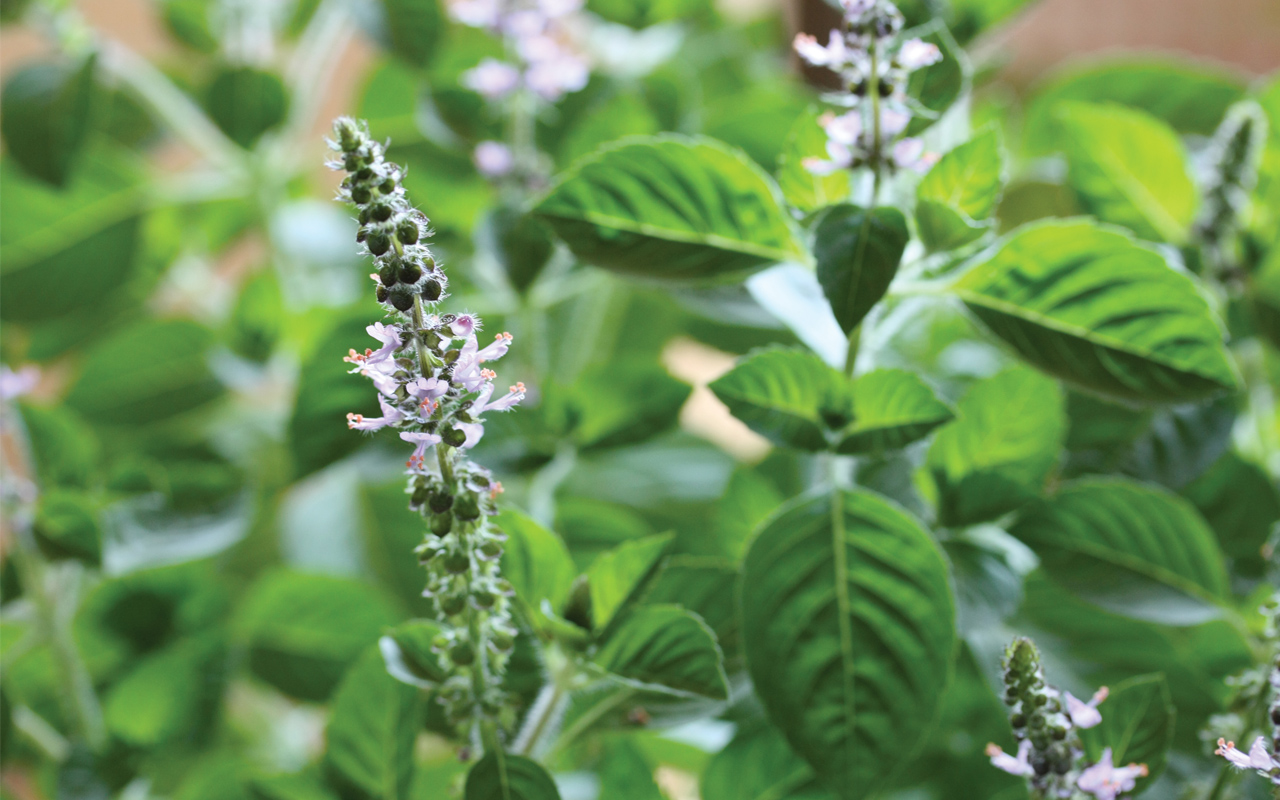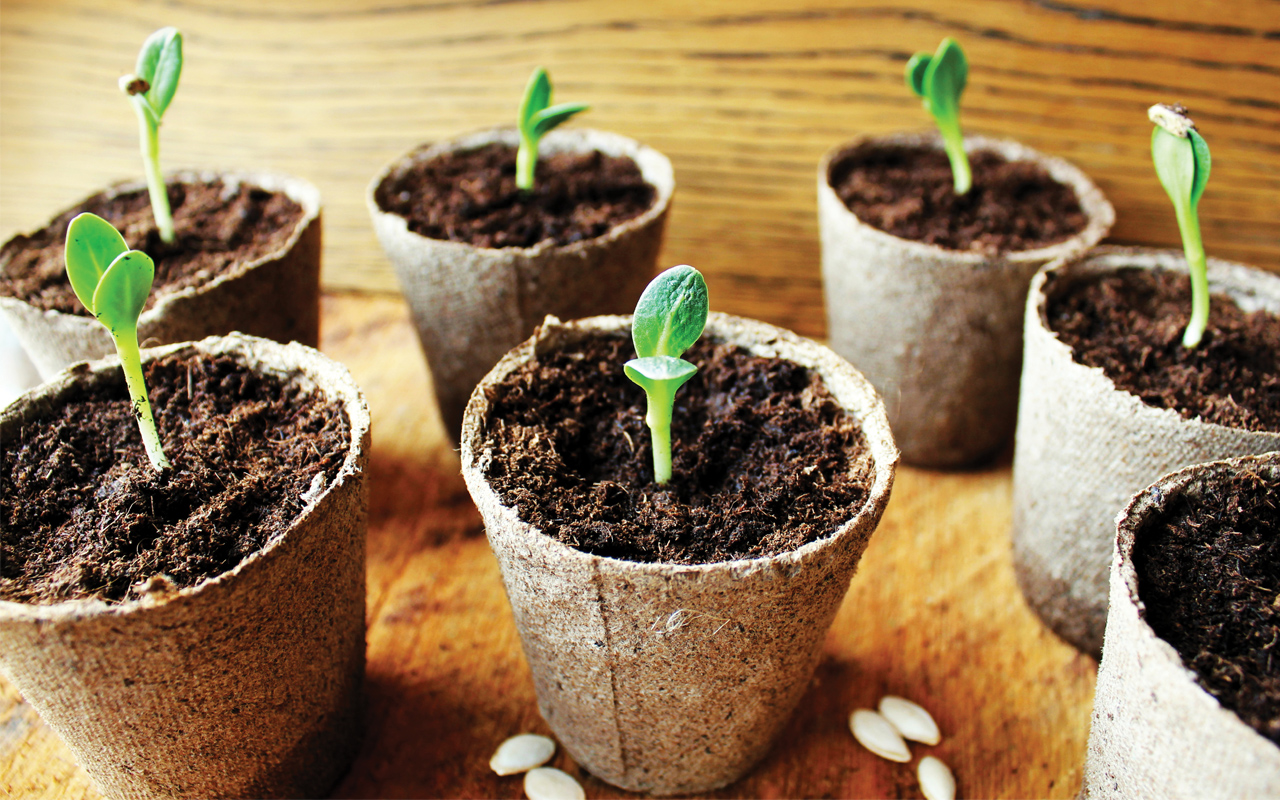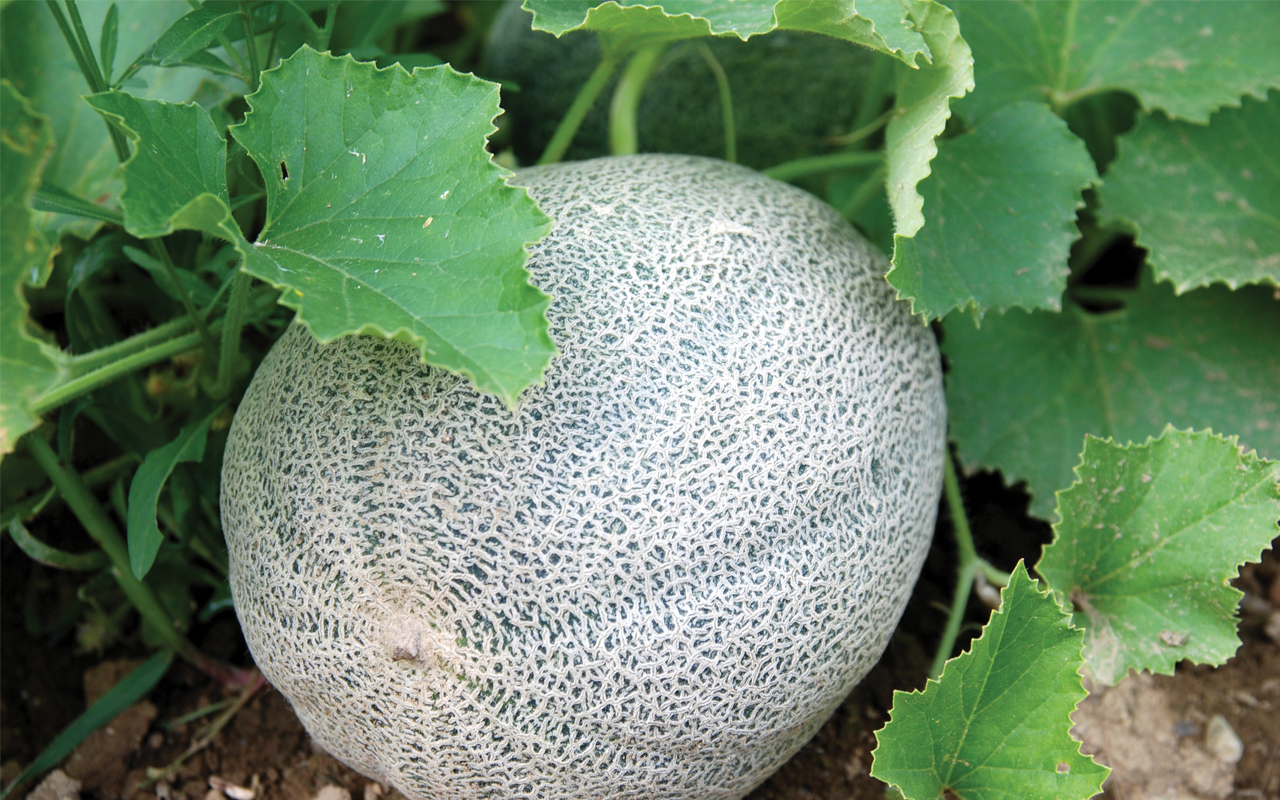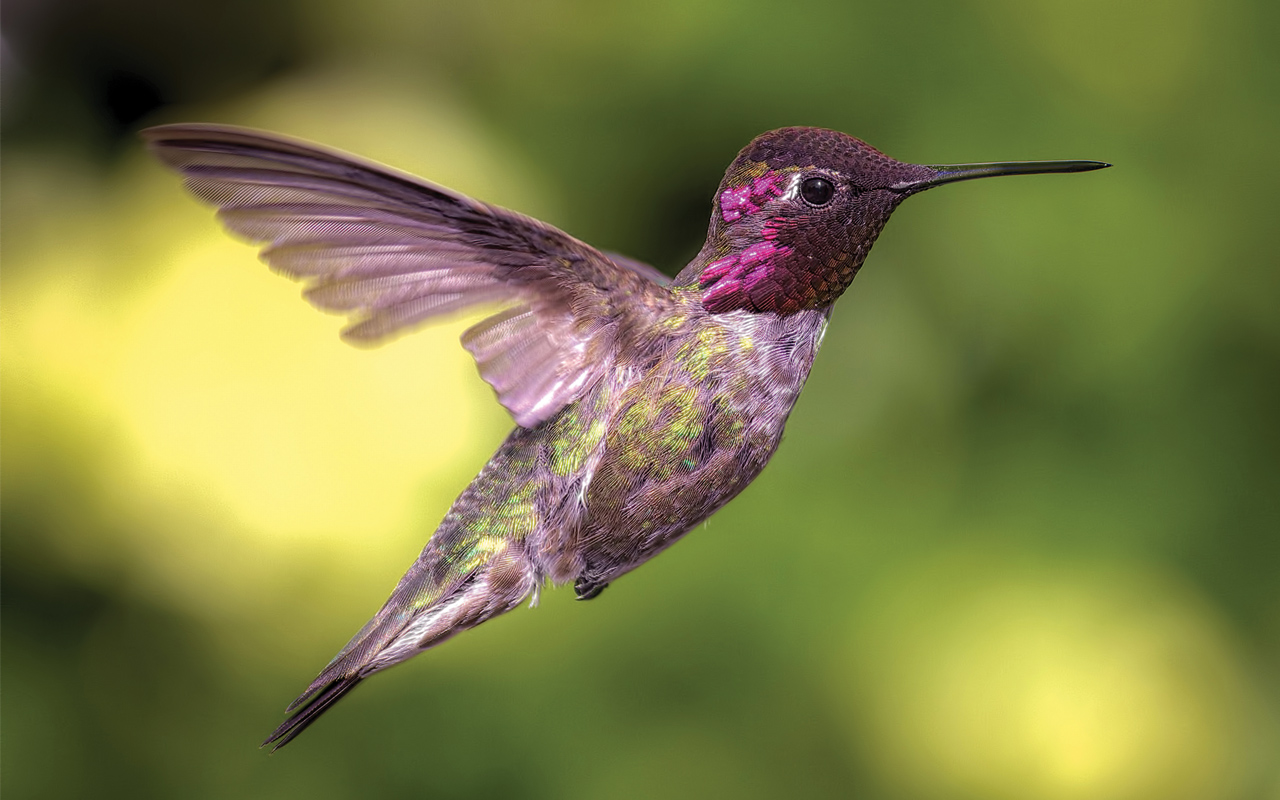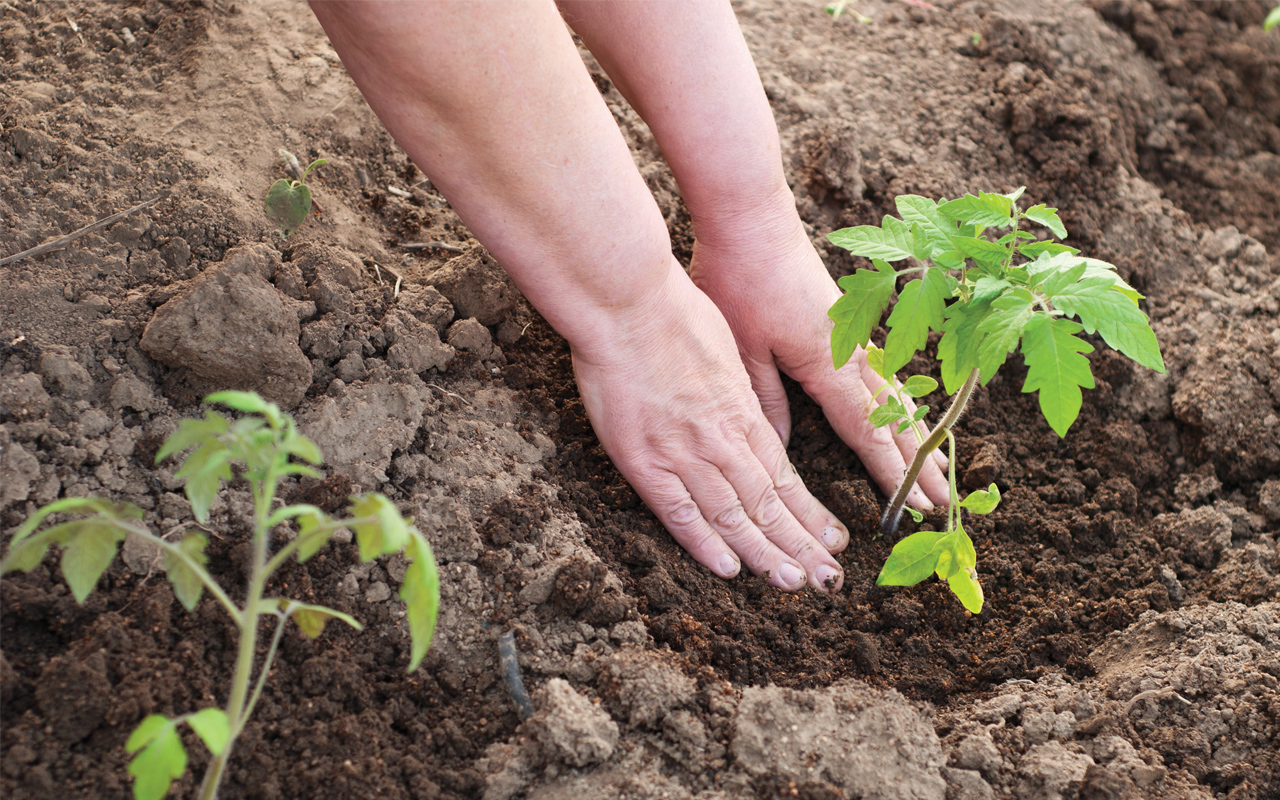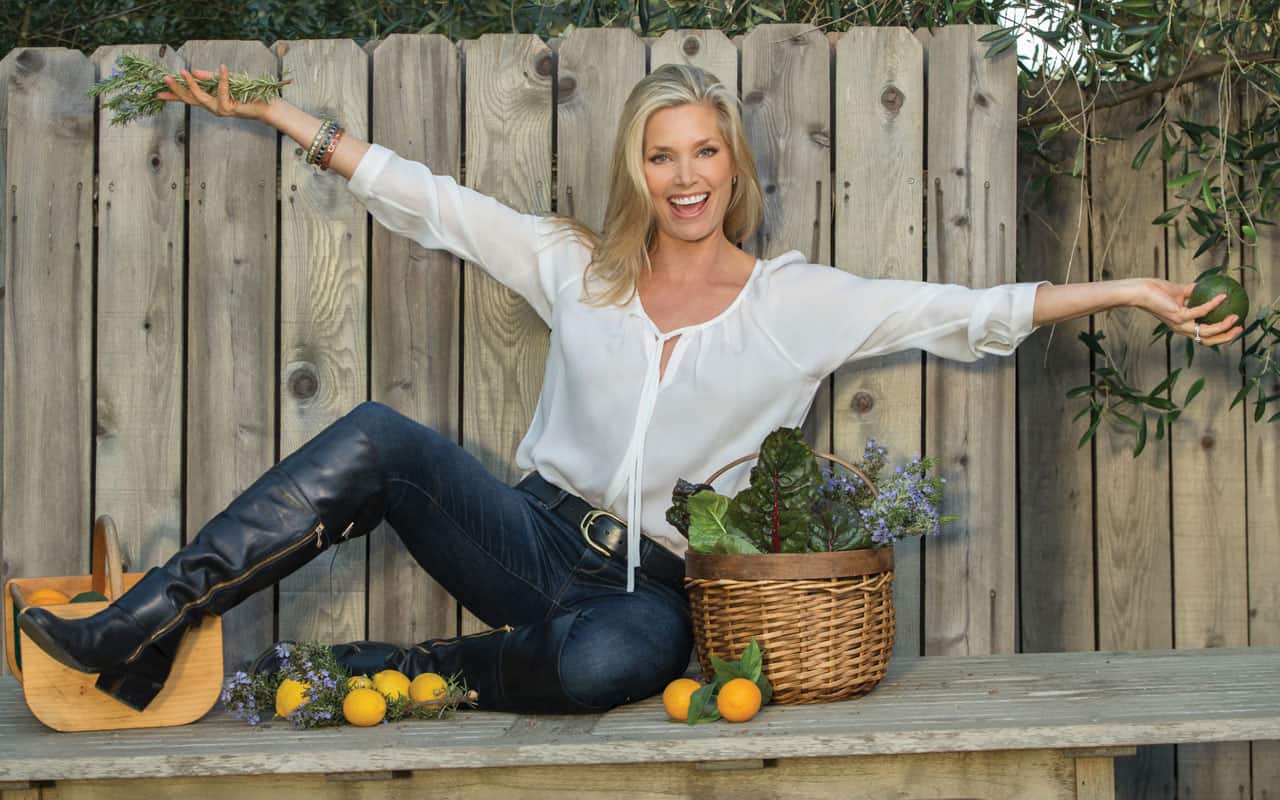
Gardening can be incredibly rewarding and fun, or frustrating and exhausting, especially during the hot summer months. There are things that you can do to make the best of your gardening experience. In life and gardening, there is always a silver lining.
Here are some helpful tips that I have learned along the way.
WHAT TO GROW IN JUNE & JULY
If you still have a little room in your garden, try sowing or transplanting lima and snap beans, chard, cucumbers, okra, peppers, eggplants, tomatoes. You can even plant heat tolerant and bolt-resistant lettuces like oak leaf. If you have lots of room left, try melons, pumpkins and different summer and winter squashes. Herbs love the heat and do well in the summer months so plant those too!
HERB TIPS
• Herbs like lavender, marjoram, rosemary, sage, savory, and thyme do great in the hot sun. A little bit of fertilizer and poor quality soil is all these herbs need, as long as you don’t overwater them. Other herbs such as basil, chives, cilantro, and parsley prefer richer soil with more frequent watering.
• Pinch back herbs, especially fast-growing basil. This will encourage bushy, more delicate flavored growth through the summer. By pinching off the flowers, you will keep the plants from developing sweet foliage.
• Dry and store whole herb plants by using drawstring net bags. The netting allows air circulation while holding the herbs together.
PLANTING TIPS
• Always choose transplants that aren’t root bound, especially now that the weather and soil is hot. Confined roots can’t spread out to absorb moisture and nutrients to survive the summer heat. Root bound transplants will wither and die in the hot sun. Gently loosen the root balls to help your plants take in the nutrients needed.
• Plant heat-tolerant lettuce or spinach seedlings in between more mature plants. The leaves shade the soil-keeping the immature roots cooler. Less evaporation equals less water needed. Keep lettuce seed packets in the refrigerator for at least 7 days before planting so they will germinate quickly in hot weather.
• Plastic gallon jugs with their bottoms cut out and caps removed can be used to protect starting seeds or covering seedlings when nights are still cool. Use these jugs as miniature greenhouses. Once the plants have outgrown the jugs and the night time temperatures are warmer, turn the jugs around, bury their necks into the soil and use them as funnels for deep irrigation and liquid fertilization.
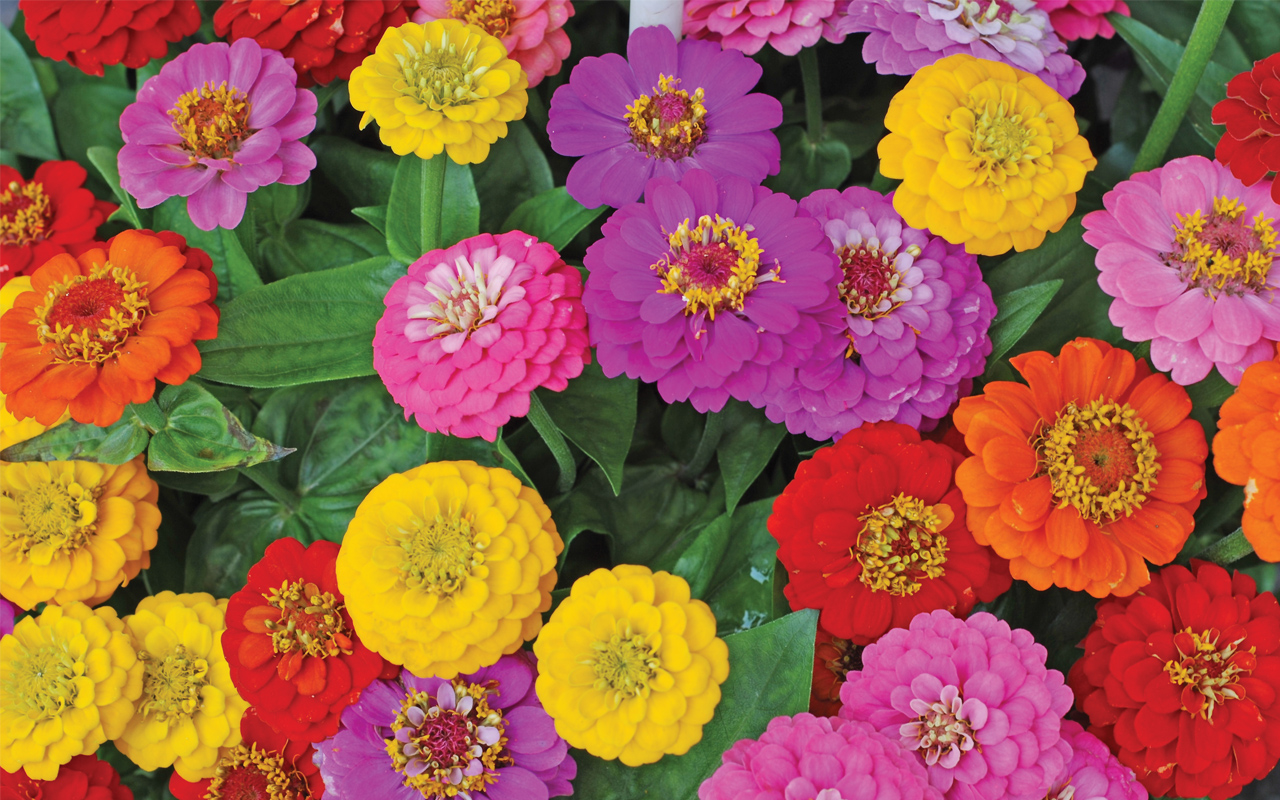
Zinnias
WATERING TIPS
• Teaching plant roots to grow deeply for water will lessen irrigation needs during hot weather. Irrigation drip lines, soaker hoses, sprinklers, and trenches are great ways to water your veggies.
• The texture of your soil will determine how to irrigate your garden. Heavy clay soils require less water than sandy loam soils. During hot weather, plants need more frequent and longer irrigation but too much water will keep the soil soggy and increase root rot problems.
• Mulching the soil helps with tempering the heat from the sun. Use organic matter such as compost, leaves or grass clippings to hold in the moisture. This will also feed and keep your plants healthy.
GREATER YIELD TIPS
• Feed eggplants, peppers, squashes, and tomatoes magnesium when they blossom for greater yields. Dissolve one tablespoon of Epsom salts in one quart of warm water. Spray the solution on the leaves and blossoms. You can repeat several times while your plant is blossoming.
• Gently flicking the tomato blossoms during the driest part of the day can help the pollination process which will ensure a better fruit production. Shaking the entire plant can also spread the tomato pollen.
• Planting flowers like zinnias and marigolds near your tomatoes, brings pollinators which will improve your plant’s yield.
• Harvesting on a regular basis keeps up the flower production – promoting a bumper harvest.
• Harvest your beans, cucumbers, squash, and tomatoes at least every other day to encourage further production. If too many fruits are allowed to remain on the plant, the hormones will change so there will be fewer new blossoms to set new fruit.
MELON TIPS
• If you want to grow the sweetest melons, stop watering during the last week of maturation. Almost half of the melon’s sugar content develops then.
• Melons get softer once they have been picked, but they don’t get any sweeter, so knowing when to harvest is key!
• Cantaloupes and Muskmelons – They are ripe when they detach themselves from the vine. The outer skin should be straw-colored with a little green.
• Honeydews – The color of the rind should be a creamy yellow green when ripe. The rind will become smooth and waxy rather than dusky. It should feel slightly soft when you press on the bottom of ripe honeydew.
• Watermelon – When watermelons are ripe, the small leaf and tendril that is closest to the melon will turn brown and dry. Also, the underside or belly of the fruit will turn from a greenish white to buttery yellow or cream. The fruit will lose its slick appearance on top and becomes dull.
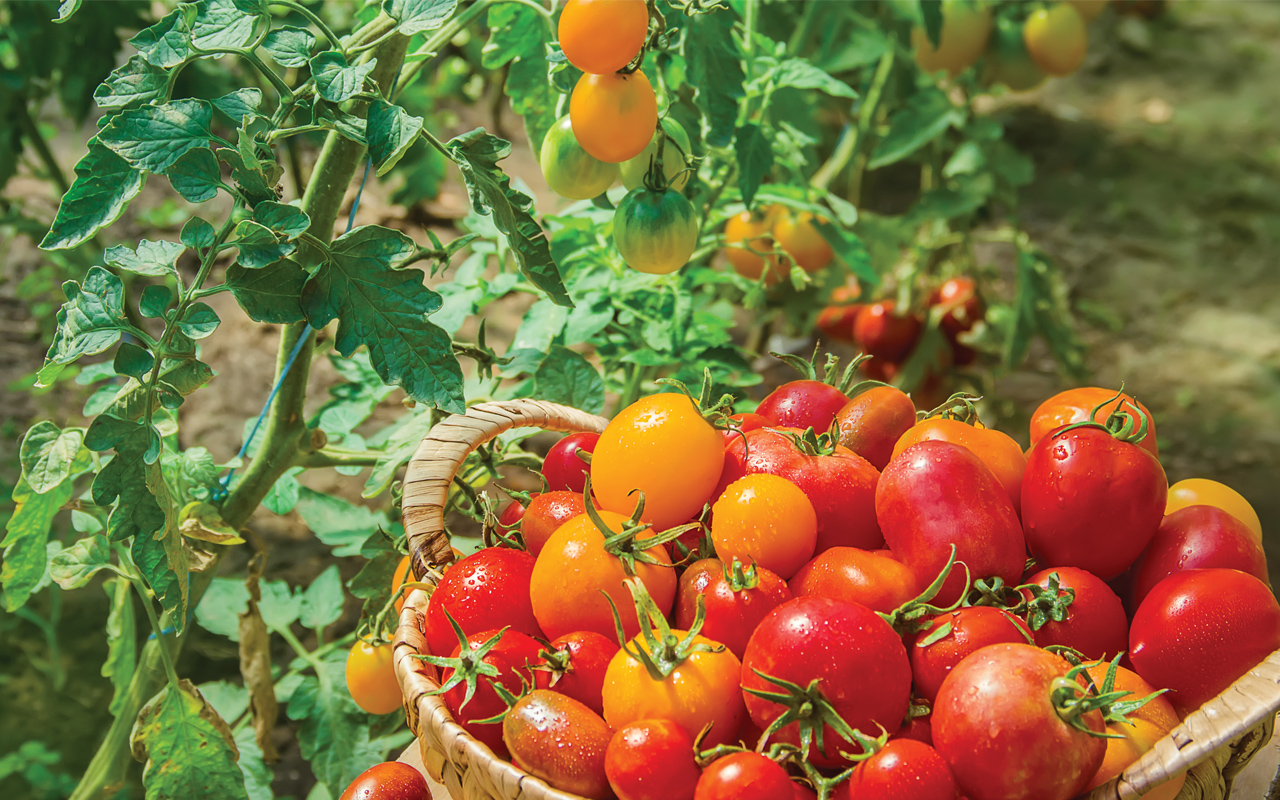
Harvesting tomatoes
TOMATO TIPS
• Tomatoes must be planted deeply. This encourages a healthy and strong root system and sturdier stems. Plant your tomato plant with only 1/3 of the plant above the soil line.
• Tomatoes are best eaten right after being harvested. Store at room temperature for optimum flavor. Refrigeration kills the fragrance and flavor while turning the flesh mushy.
• If you must store tomatoes in the refrigerator for several days before using them, harvest them early in the day, when they are still cool.
PEST TIPS
• Protect vine vegetables from snails and slugs by lifting the fruits up onto cans and berry baskets.
• Spread crushed eggshells under your plants to discourage snails and slugs. They don’t like the sharp particles.
• Tomatoes and eggplants like the undersides of leaves to be rinsed with water; this can discourage spider mites.
• To keep aphids at bay, spray them off the plant with water. Once they are knocked into the soil, the little buggers will die.
Yes, summer is here and sometimes it can get a little too hot to think about gardening. So, pick your times like early morning and late afternoon to plant and harvest. While you are there, marvel at nature, watch birds take their dust baths and teach their young to fly. I always love when the humming birds fight for the stream of the water as I am trying to rinse off my tomato plants.
This is why we garden! To be close to nature. It is so awesomely beautiful and it reminds us all that we are all part of this incredible world. We can grow our own food! We can share what we grow with our neighbors! We can be in touch with our planet! Isn’t that crazy empowering?
So much has made us discouraged over the last year and a half. Growing food and experiencing nature gives us hope and makes us realize that there is so much to live for. The seasons are always going to come and go. We will be here in our garden, witnessing nature and enjoying every minute of it. Aren’t we lucky?
There is always a silver lining, and gardening is one of them!
Kelly Emberg, the model gardener
Kelly Emberg, the model gardener For more gardening tips, follow me on Facebook, Instagram, YouTube & Twitter. www.kellyemberg.com

